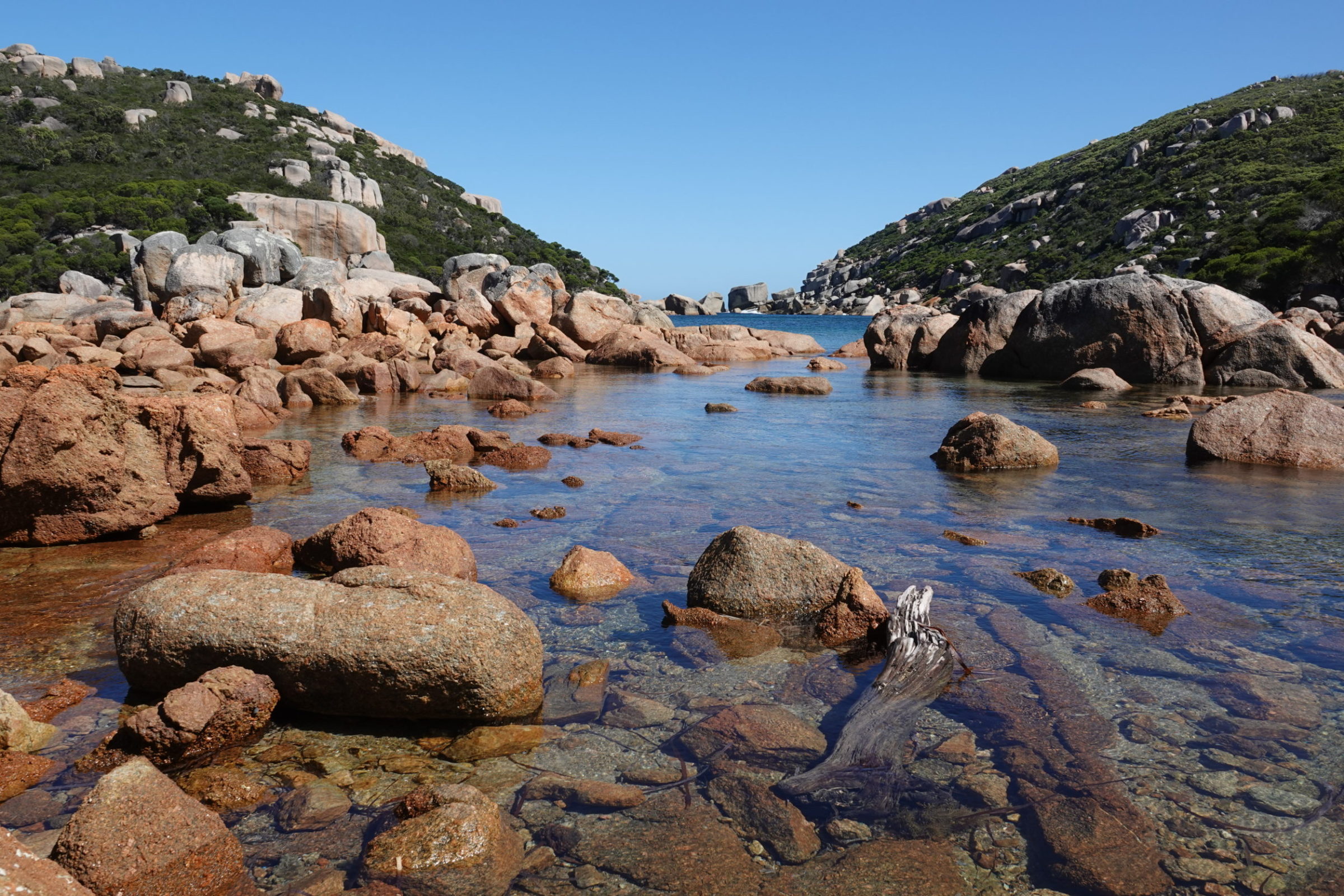Where the access road crosses the river is more “well-wooded” than is most of Waychinicup National Park.
This little bit is sheltered from the wind, enjoys more shade, and the topography and the river offer plants a moister, calmer environment than is available in most of the National Park.
Comments closed








